|
Ray E. Collerd was born in Montville in 1895 and moved to Fairfield in 1896 with his parents Abram Van Duyne Collerd and Della Martin Cole (Collerd). They bought the former Pearce Homestead and with it 50 acres of farmland facing Horseneck Road. Like almost every Farmer in those days, Abram was a Hunter and Trapper who also fended off predators that threatened his poultry and livestock. Father Abram V. Collerd with fox, and son Ray serving in the Navy during WW1 Ray learned the basics from his Father and soon became the Family’s expert Hunter and Trapper. After serving in the Navy during WW1, Ray returned to farm life where he also learned fine carpentry. Over the years he became a Master Carpenter that specialized in interior trim work, cabinet making and finishing. Ray also became active in the Township Fire Department and served as a Committeeman for 11 years with one term as Township Chairman (Mayor). Trapping requires a great deal of skill that can only be learned with experience or mentoring. Especially for foxes known for their cunning and trap shy alertness. Ray always found time to hunt and trap while he earned his living as a carpenter. Later, when he qualified for a small monthly retirement check he became a ‘full time’ trapper. Ray had two German Shorthaired Pointers as far back as I can remember. This breed is considered by some to be the only true ‘multipurpose’ hunting dog. “The German shorthaired pointer will truly work for any bird hunter. Its webbed feet make it an exceptional swimmer, its relentless nose will pinpoint a bird from the next state over and its stamina will keep it going as long as your own legs will hold up” ----- including photo per Wide Open Spaces.Com Ray with Sister-in-law Adelia Van Ness Collerd and some of his fox pelts. Ray never married, ( there’s a ‘trapped’ joke in there somewhere ) but he looked after his Step Mother Annie Ellis Collerd ( Abram’s second wife ) for 14 years at the Family Homestead. Trapping 15-30 foxes per year was not the money maker you might imagine, even considering each pelt had a $3.00 bounty from Essex County. Ray would visit Town Hall once a year to have the Township Clerk ( usually Harold Courter ) clip the ears on each pelt and sign an affidavit verifying the count to the Essex County Clerk. After collecting the County bounties, :- ) :- ) Ray would sell the pelts to a Furrier in New York who offered $6.00 to $10.00 per skin. Muskrats were much more plentiful and more easily trapped. An annual yield was about 1,000 skins that sold for $ 1.10 each. The next paragraph requires us to put on our Historical Context Goggles. Set them to 1960. If you think muskrats look nasty, you should see what they look like after they have been skinned. Worse yet, these carcasses were simply thrown into a big pile to rot away until the end-of-season mass burial. Always the best side of the barn to avoid. Not good, even then. Ray’s trapping was all through the Great Piece, Little Piece, and along Deepavaal Brook through the Long Meadow. He was spotted often with his dogs and a small bore rifle he used for shooting the occasional trapped skunk or perhaps even a pesky Game Warden :- ) :- ) I’m sure Ray would be amused with the trapping regulations in New Jersey today. Ray called himself the ‘last professional trapper in Essex County.’ There’s little doubt about his claim because with all his wanderings no other person’s traps were seen after 1965. Ray was in his early 80’s before he showed any signs of slowing down. He loved his solitary life, his pipe, and his dogs. Special in his own way, Great Uncle Ray passed away in April 1982. The Far Side Cartoonist Gary Larson once showed Colonel Sanders at the Pearly Gates ( below ). I can see Uncle Ray there too with Foxes instead of Chickens. “Uh-oh” ..............Paul Pollio April 12, 2020
1 Comment
Brad Collerd
3/11/2023 12:02:10 pm
Enjoyed the Ray Collerd article
Reply
Leave a Reply. |
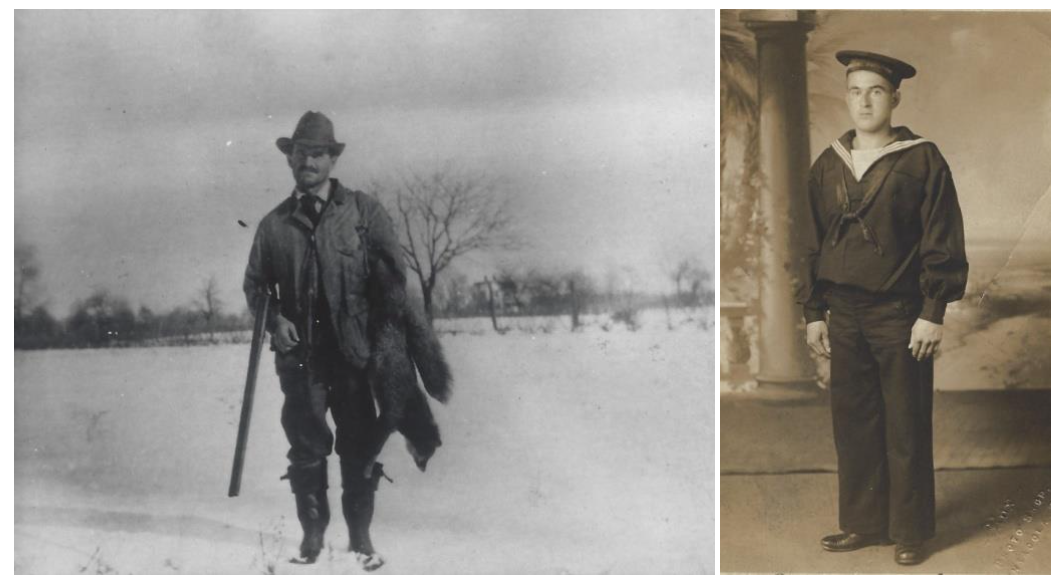

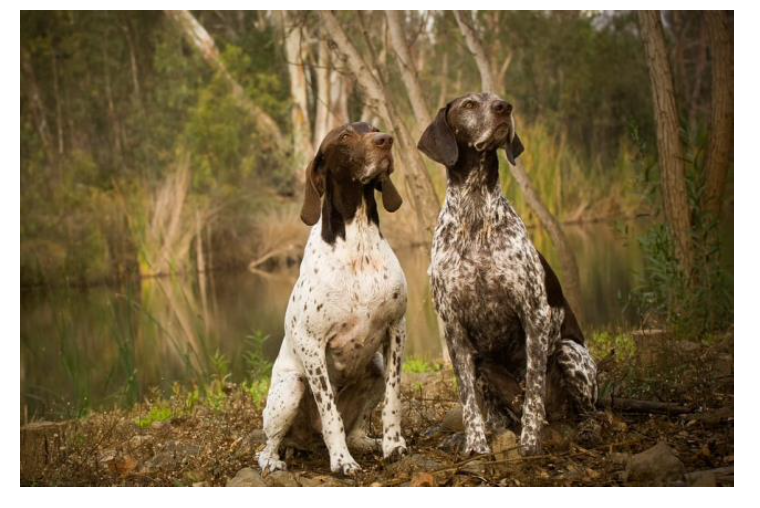
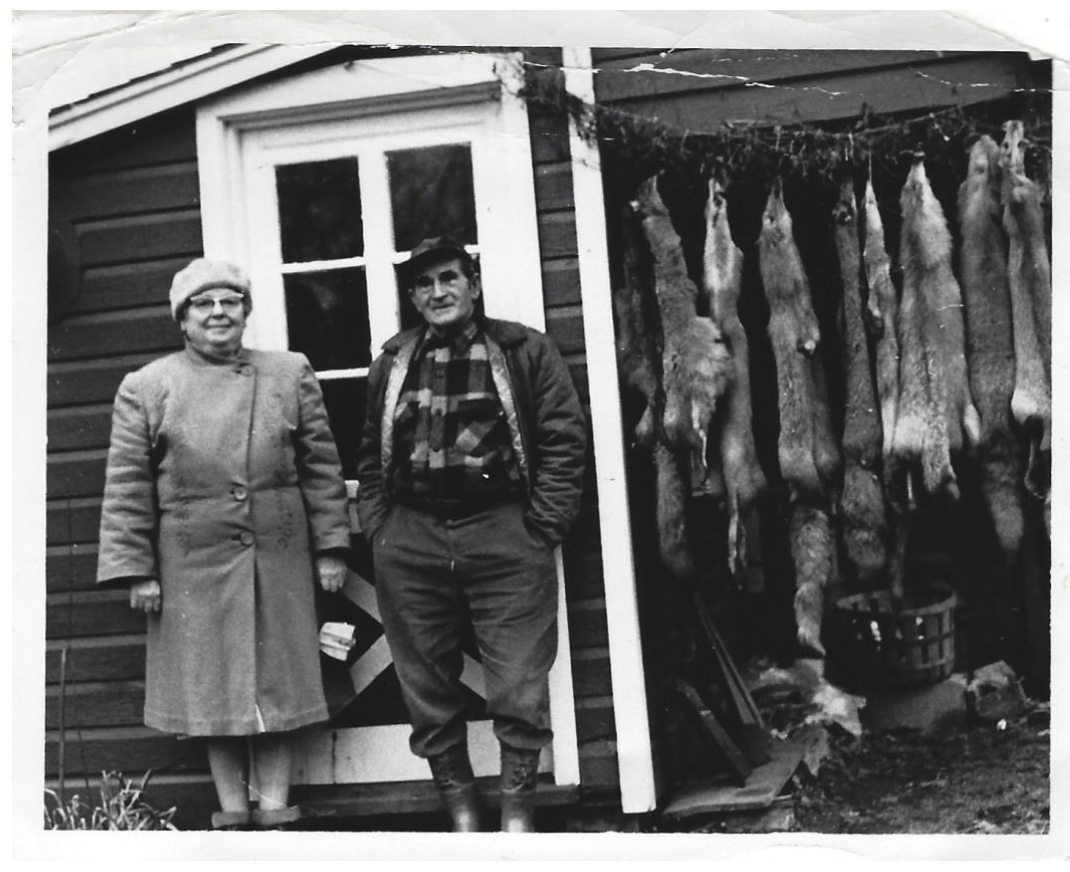

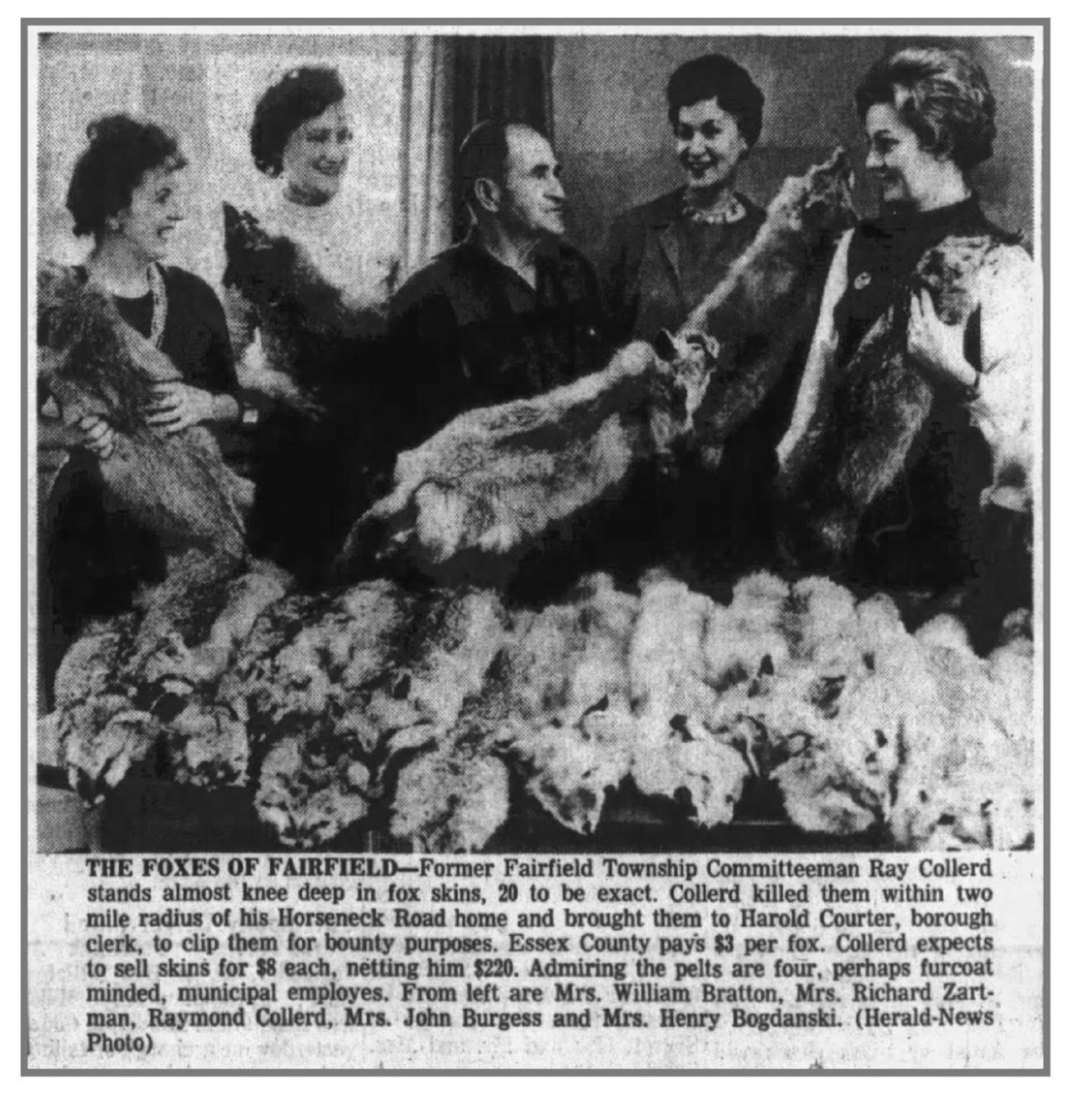
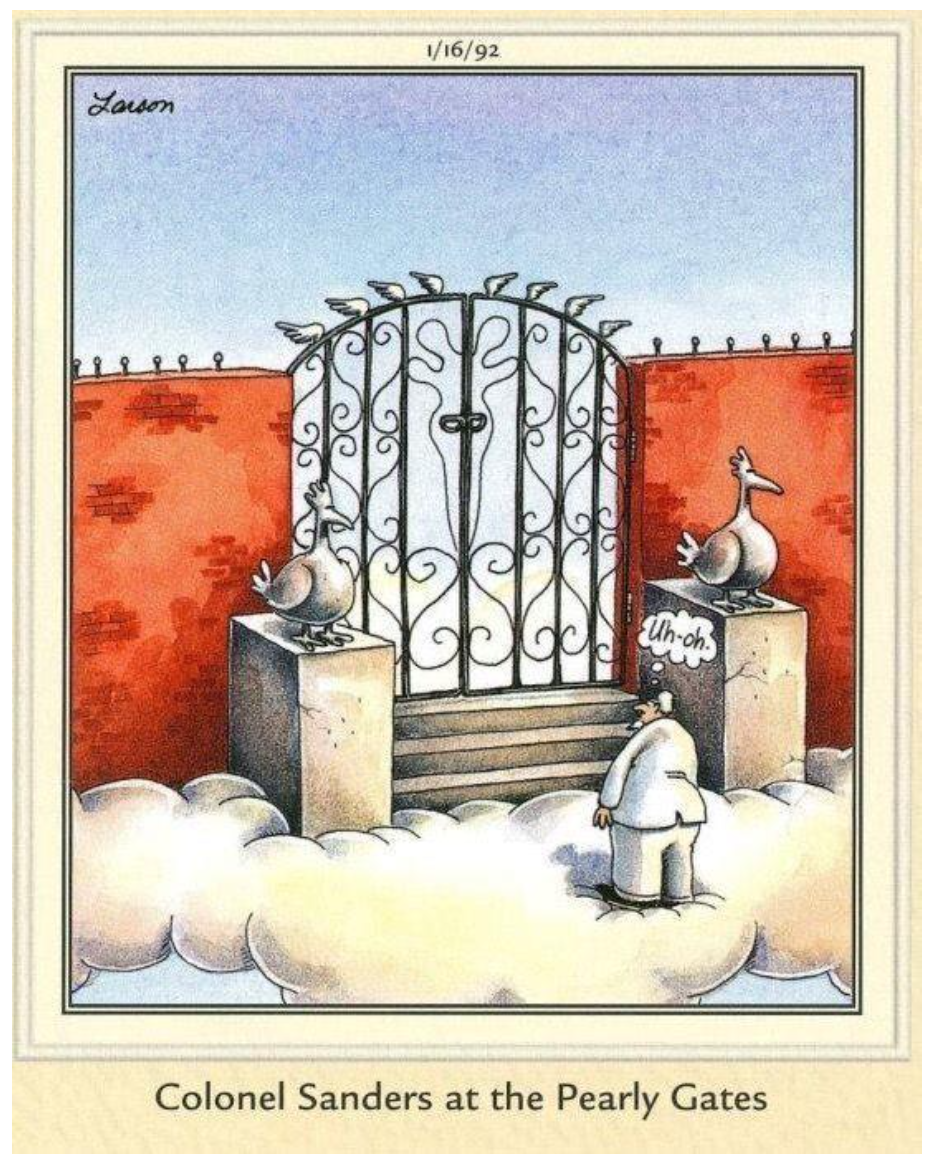
 RSS Feed
RSS Feed